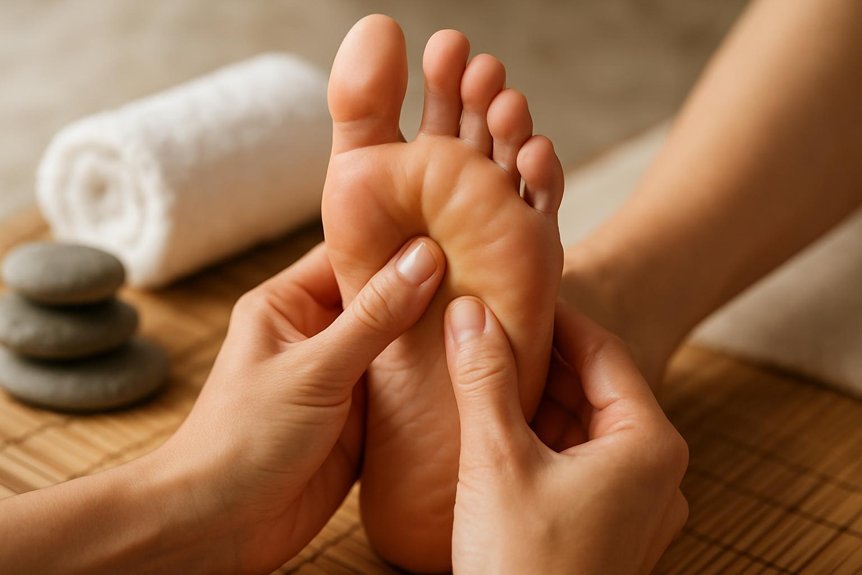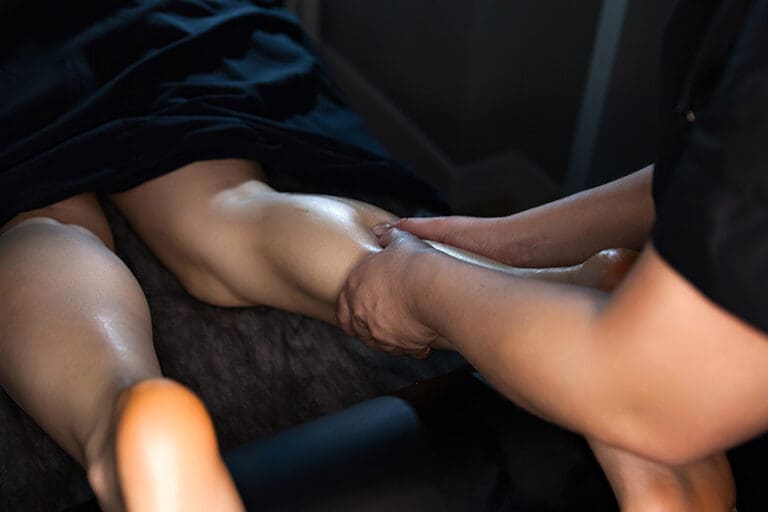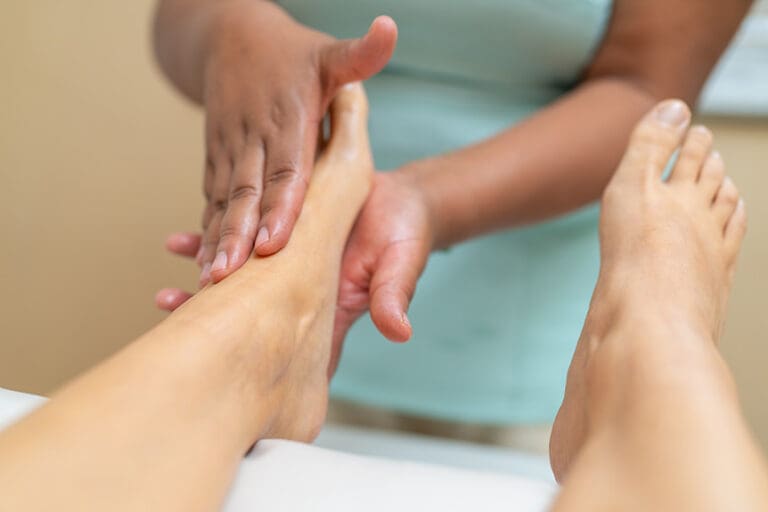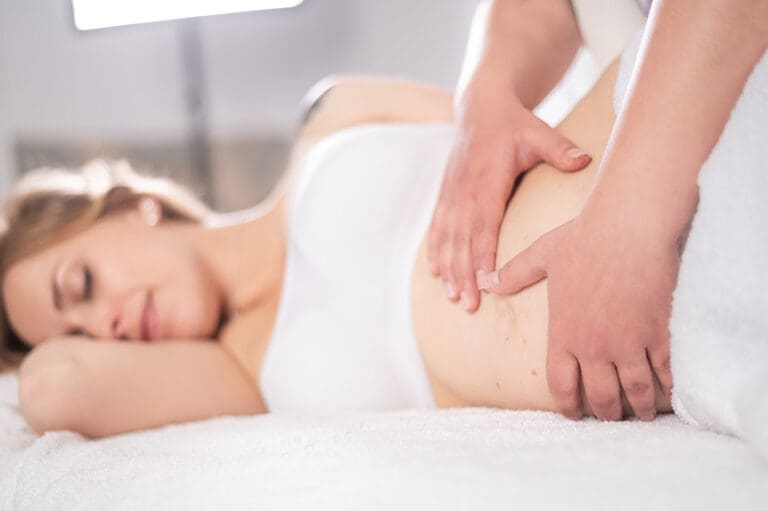Zone therapy massage is a manual therapy applying precise pressure to anatomically mapped reflex points on the feet, hands, or ears, which correspond to specific organs and physiological systems. This method is rooted in evidence-based principles and is designed to stimulate neural pathways, foster systemic balance, and aid in stress relief and relaxation. Sessions typically occur in a clinical setting, prioritizing hygiene and professionalism. Further information reveals its origins, key techniques, and the extensive benefits for holistic health.
The Origins and Principles of this Therapy
How did this massage emerge as a therapeutic modality? Reflexology’s roots can be traced to ancient Egypt, China, and India, where early forms of pressure therapy were depicted in historical texts and artifacts.
Modern zone therapy, however, was formalized in the early 20th century by Dr. William Fitzgerald, who introduced “zone therapy,” and further refined by Eunice Ingham. The practice is based on the principle that specific areas on the feet, hands, and ears correspond to distinct organs and systems within the body.
By applying focused, systematic pressure to these reflex points, practitioners aim to promote physiological balance and enhance the body’s natural healing processes.
At Spa & Massage, this integrative approach informs every session, aligning with evidence-based standards for holistic wellness. In this technique, therapists focus on reflex points that are believed to influence the health of corresponding organs and promote overall well-being.
How This Massage Works
This massage targets specific reflex points on the feet, hands, or ears that are believed to correspond with organs and systems throughout the body.
Stimulation of these key points may trigger neural pathways and autonomic responses, promoting physiological balance and relaxation.
Spa & Massage therapists apply precise pressure techniques based on current anatomical and foot zone mapping to optimize therapeutic outcomes.
Key Reflex Points Explained
A fundamental principle of this massage is the existence of specific reflex points on the feet, hands, and ears that correspond anatomically to organs, glands, and systems throughout the body.
Each foot contains reflex zones representing regions such as the heart, liver, lungs, spine, and digestive system. For example, the ball of the foot typically correlates with the thoracic region, while the heel is associated with pelvic organs.
Technically, stimulation of these points aims to initiate a neurophysiological response, potentially promoting homeostasis and systemic balance.
At Spa & Massage, therapists are trained to accurately locate and apply targeted pressure to these zones, ensuring a precise and individualized approach.
This specialised mapping underpins the therapeutic intent and fosters a sense of connection between touch and whole-body wellness.
Body Response Mechanisms
When pressure is systematically applied to specific reflex points on the feet, hands, or ears, afferent nerve pathways transmit signals to corresponding regions of the central nervous system. This neural input modulates autonomic functions, potentially inducing a parasympathetic response characterized by reduced heart rate, lowered blood pressure, and enhanced relaxation.
This may also influence the hypothalamic-pituitary-adrenal (HPA) axis, supporting stress adaptation and homeostasis. At Spa & Massage, therapists employ precise techniques to stimulate these reflex zones, aiming to promote ideal physiological balance and subjective well-being.
Evidence suggests that such stimulation can increase endorphin release, contributing to analgesia and improved mood. Clients often report sensations of deep comfort, reflecting the intimate interplay between targeted tactile input and systemic relaxation responses initiated by this specialized modality.
Key Techniques Used
Several core techniques underpin the practice of this massage, each targeting specific reflex points on the feet, hands, or ears to stimulate physiological responses throughout the body.
At Spa & Massage, therapists employ thumb-walking, a method involving precise, incremental pressure from the thumb along mapped reflex zones. This controlled movement aids in identifying tension and imbalances, allowing for tailored intervention.
Finger-walking and circular motions are also utilized to enhance local circulation and encourage relaxation at nerve endings. Techniques such as gentle kneading and holds help modulate autonomic nervous system activity, facilitating a sense of deep comfort and wellness.
All manipulations are executed with calibrated pressure, ensuring both therapeutic efficacy and client comfort, fostering a soothing and connected environment throughout each session.
Common Areas Treated During this Massage
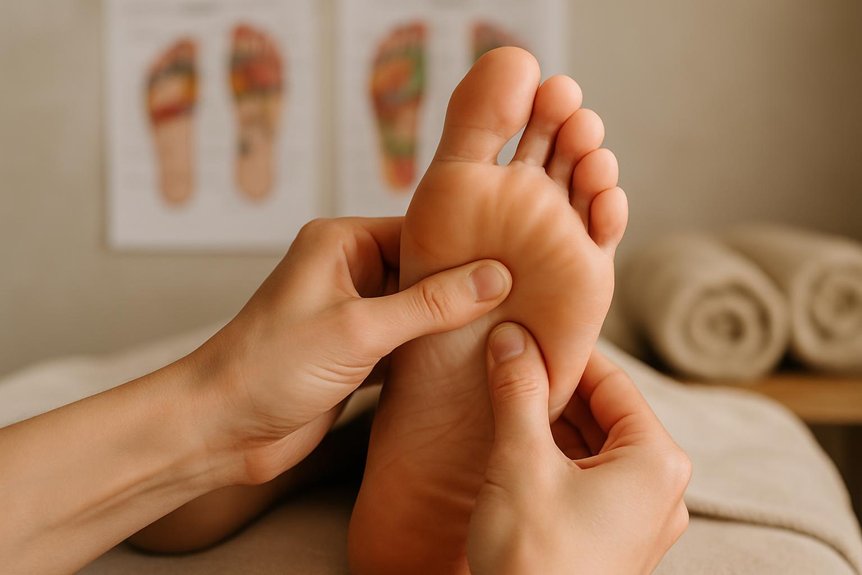
Building upon established zone techniques, practitioners at Spa & Massage focus treatment on anatomical regions mapped with reflex points corresponding to major organ systems. The feet are the most commonly addressed area, as they contain dense networks of nerve endings linked to the heart, liver, kidneys, lungs, and digestive tract.
Hands often receive focused attention, with specific zones correlated to the spine, brain, and reproductive organs. Occasionally, this massage protocols may include the ears, which feature microsystems believed to mirror the entire body’s physiology.
Therapists at Spa & Massage use precise, targeted pressure along these zones to stimulate neural pathways and promote systemic balance. Each session is tailored, respecting individual preferences and sensitivities, ensuring that every touch is intentional and connected to the holistic philosophy guiding the clinic’s approach.
Potential Benefits of This Massage
How does sole therapy contribute to overall wellbeing? This massage is theorised to promote systemic balance by applying targeted pressure to specific reflex points, primarily on the feet, hands, and ears.
Clinical studies indicate potential benefits, including reduction of perceived stress and anxiety, enhanced circulation, and relief from musculoskeletal discomfort.
At Spa & Massage, therapists tailor its techniques to the individual, aiming to support relaxation and modulate the autonomic nervous system.
Evidence suggests possible improvement in sleep quality and a decrease in tension-related headaches.
Many clients at Spa & Massage report a heightened sense of calm and restoration following treatment.
While further research is warranted, zone therapy gentle, non-invasive approach may offer meaningful adjunctive support for those seeking holistic wellness and a nurturing therapeutic experience.
What to Expect During a Session
During a session at Spa & Massage, clients are encouraged to arrive a few minutes early to discuss medical history and specific concerns with their therapist.
The session typically involves targeted manual pressure applied to reflex points on the feet, hands, or ears, using techniques aligned with established zone therapy protocols.
Clients can expect a calm environment and evidence-based practices focused on optimizing relaxation and overall wellbeing.
Preparing for Your Appointment
A massage session at Spa & Massage is structured to promote ideal comfort, therapeutic benefit, and relaxation from the moment a client arrives.
Clients are encouraged to wear loose, comfortable clothing to facilitate access to the feet and lower legs, as these are primary focus areas during session.
Prior to the session, clients may complete a brief health questionnaire, enabling therapists to review any contraindications or areas requiring special consideration.
Hydration is recommended before and after the session to support systemic circulation and toxin elimination.
It is advisable to communicate any recent injuries, sensitivities, or preferences to the therapist to ensure individualised care.
At Spa & Massage, this preparatory process enhances the therapeutic alliance and cultivates an environment where restorative touch is both safe and deeply personal.
Massage Session Experience
Once preparation is complete, the massage session at Spa & Massage commences with the client comfortably reclined, typically on a massage table or in a specialized therapy chair.
The therapist begins with a clinical assessment of the feet, noting texture, temperature, and sensitivity, to identify areas of potential imbalance.
Using targeted thumb and finger pressure, the practitioner applies systematic techniques to specific reflex points mapped on the feet, correlating to organs and systems throughout the body.
Sessions are conducted in a tranquil environment, designed to promote relaxation and therapeutic intimacy.
Clients often report sensations of warmth, tingling, or localized tenderness, which are considered normal responses.
At Spa & Massage, therapists maintain open communication, adjusting pressure and technique to maximize comfort and efficacy throughout the treatment.
For Stress and Relaxation
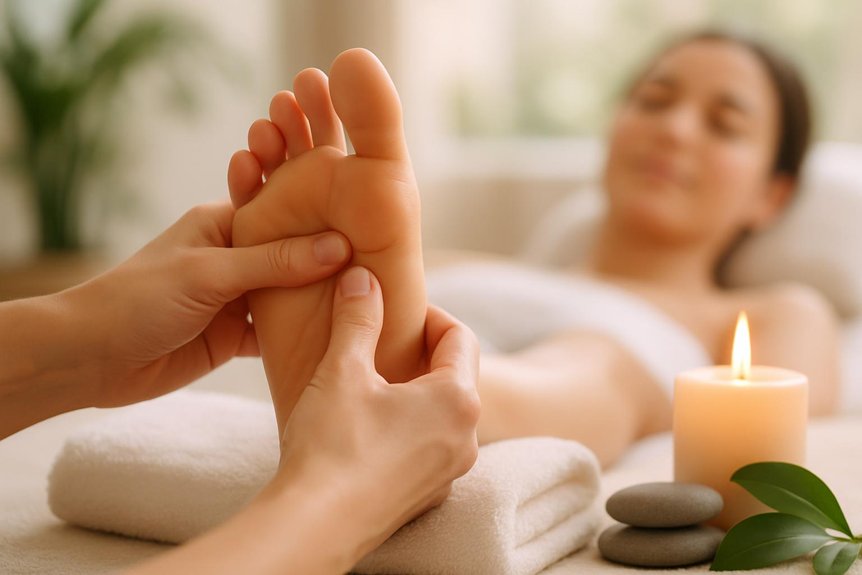
This massage utilises targeted pressure techniques on specific points of the feet, hands, or ears, which correspond to various organs and systems within the body. Stimulation of these reflex points is theorised to promote physiological equilibrium and activate the parasympathetic nervous system, resulting in decreased sympathetic arousal.
Empirical studies suggest that this massage can markedly reduce cortisol levels, heart rate, and subjective stress, fostering a state of deep relaxation. At Spa & Massage, therapists employ evidence-based pressure-point therapy protocols tailored to the individual’s stress profile, ensuring that each session is both therapeutic and soothing.
Clients often report enhanced emotional well-being and a sense of calm, supporting the clinic’s holistic approach to stress management. Its capacity to facilitate relaxation makes it a cornerstone of integrative wellness care.
Aftercare Tips Following a Massage Session
Following a massage, ideal physiological benefits and sustained well-being depend on adherence to evidence-based aftercare protocols. Clients are advised to maintain optimal hydration, as this assists lymphatic circulation and facilitates metabolic waste elimination.
At Spa & Massage, therapists recommend avoiding stimulants such as caffeine and alcohol for several hours post-session to support homeostasis and prolong the calming effects of treatment. Gentle movement—such as walking—encourages circulation and integration of neuromuscular changes initiated during session.
Additionally, clients are encouraged to monitor their physical and emotional responses, as transient fatigue or increased urination may occur, reflecting the body’s natural detoxification processes.
Why Choose Reflexology at Spa & Massage
Many individuals seeking targeted relief and systemic balance benefit from the advanced expertise available at Spa & Massage clinics. Massage sessions at these clinics are delivered by highly trained therapists employing evidence-based protocols to stimulate specific reflex points on the feet, hands, or ears.
The clinical approach guarantees that each treatment is tailored to the unique physiological and psychological needs of the client, integrating thorough consultation and assessment into the session.
Clients often report measurable enhancements in relaxation, circulation, and homeostatic regulation.
The tranquil environments at Spa & Massage clinics facilitate a sense of safety and intimacy, allowing clients to engage fully in the restorative process.
Emphasis on hygiene, professionalism, and ongoing therapist education further guarantees the most favorable outcomes and sustained trust in care.
Conclusion
In summation, this massage—akin to a well-tuned telegraph transmitting signals across bodily meridians—offers a clinically substantiated approach to holistic wellness. By targeting reflex points, practitioners at Spa & Massage facilitate homeostatic balance, modulate neuroendocrine responses, and support psychophysiological harmony. Evidence suggests this modality may mitigate stress, enhance circulation, and promote systemic health. For individuals seeking empirically grounded, client-centered care, zone therapy at Spa & Massage represents a sophisticated adjunct to contemporary wellbeing strategies.
